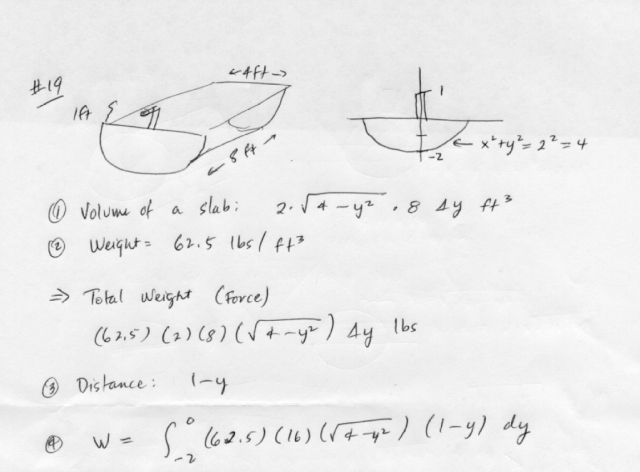
Not flossing: Flossing cleans areas between teeth that brushing can’t reach. The plaque will harden and become calculus if you don’t brush regularly. Not brushing regularly: Brushing twice a day for two minutes each time helps remove plaque before it turns into calculus. Several things can cause calculus to form on teeth: The only way to get rid of calculus is with expert cleaning. When plaque is not removed, it turns into calculus. Plaque-forming bacteria generate acids that erode tooth enamel and result in cavities. A sticky layer of food particles, bacteria, and saliva is known as plaque. Calculus is made up of plaque and bacteria that have hardened onto teeth. When tartar, or calculus, builds up on teeth, it can be very difficult to remove. Plaque that has calcified onto teeth and hardened into tartar is tough to remove. Plaque is a combination of bacteria, food particles, saliva, and other substances that accumulate on teeth. Plaque is the cause of tartar, as it builds up and hardens over time. Only a dentist or dental hygienist may remove it. Tartar, also known as calculus, is plaque that has hardened onto teeth. It is sticky and can be removed with proper brushing. Difference between Plaque and TartarĪ bacterial coating known as plaque develops on teeth. To learn more about calculus teeth, visit the website. For future plaque and tartar accumulation prevention, the dentist may also suggest additional procedures.
#6. calculus bridge professional
If teeth with calculus are already present, a professional dental cleaning can get rid of them. Gum disease, tooth decay, and foul breath can all be brought on by calculus teeth.Ĭalculus teeth can be prevented by brushing and flossing regularly, eating healthy foods, and visiting the dentist for regular cleanings. Plaque that has not been removed from the teeth can turn into a hard, crusty coating called tartar. A sticky coating of food and germs known as plaque develops on the teeth over time. They develop as a result of plaque and tartar accumulation on the teeth. What is Calculus Teeth?Ĭalculus teeth are one of the most common dental problems. Regular dental cleanings can also help to prevent the buildup of plaque on teeth. Plaque can be removed from teeth with the use of brushing and flossing. If plaque is not consistently removed, it can lead to gum disease and tooth decay. It is mainly composed of food debris, saliva, and bacteria. Plaque, a clingy bacterial film, forms on teeth. You may also like “ Are Teeth Bones“ More about Plaque Avoiding sugary food and drinks can help reduce the amount of plaque produced. Professional dental cleanings can also help remove plaque that is difficult to reach. Plaque removal requires both brushing and flossing. Plaque and calculus contribute to gum disease by irritating the gums and promoting inflammation. If not removed, plaque can harden into calculus (tartar). It’s made up of food debris, bacteria, and saliva. Our teeth are continually covered in dental plaque, a sticky, white coating. Treating the condition can help prevent further damage and the need for more invasive treatments. This includes brushing and flossing regularly, avoiding sugary and starchy foods, and visiting the dentist at least twice a year for professional cleaning.

If a calculus bridge is discovered during a dental checkup, it is important to take preventive measures.

In more severe cases, calculus bridges can also cause pain and discomfort. The deposits can trap food particles and bacteria, contributing to the development of cavities and gum infections. In addition to the difficulty of removing the bridge, the presence of a calculus bridge can also increase the risk of gum disease and tooth decay.

In some cases, professional cleaning may be required to remove the bridge. The resulting bridge of tartar can be difficult to remove, as it is firmly attached to the teeth. This bridge of deposits can be formed due to poor oral hygiene, inadequate brushing and flossing, or food that is high in sugar and starch. A calculus bridge is a condition that occurs when tartar deposits build up on the teeth, creating a bridge between two adjacent teeth.


 0 kommentar(er)
0 kommentar(er)
